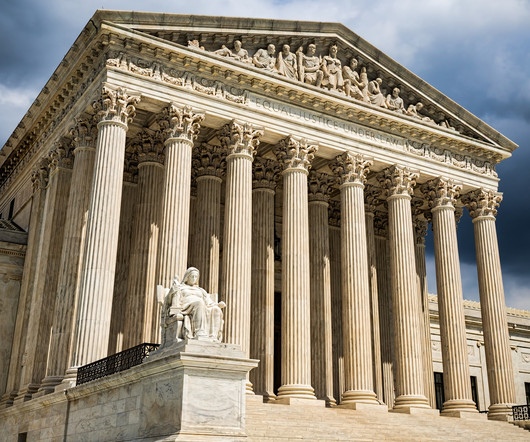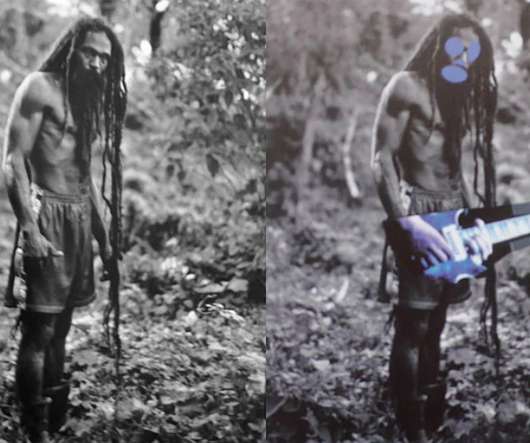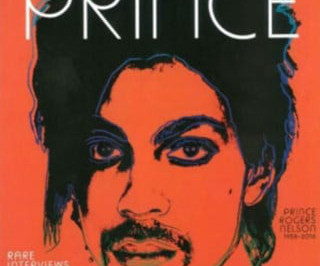Copyright Protection of Modern Art
IP and Legal Filings
SEPTEMBER 12, 2022
Cooper case, a work does not have to be entirely unique in order to be protected by copyright; rather, there needs to be some effort put into it and it cannot be a carbon copy of another person’s work. The lack of organisation and ambiguity make the protection problematic even if the work is copyrighted.















Let's personalize your content